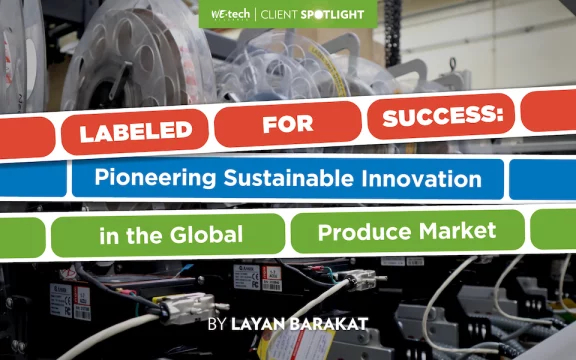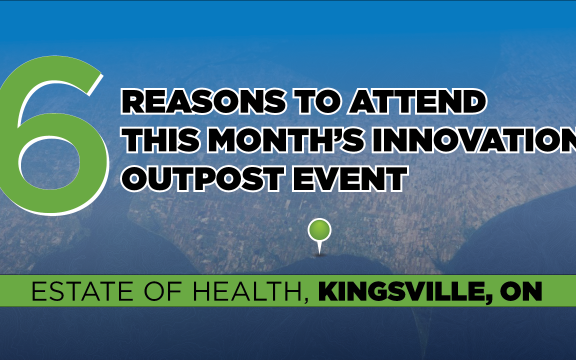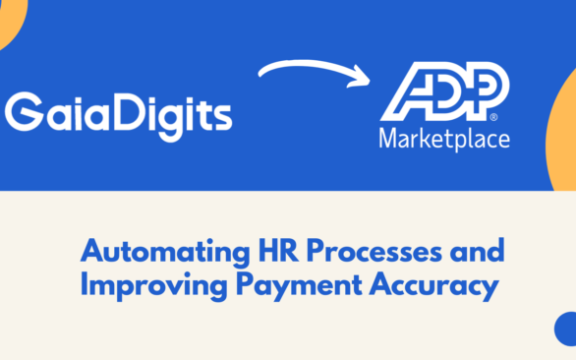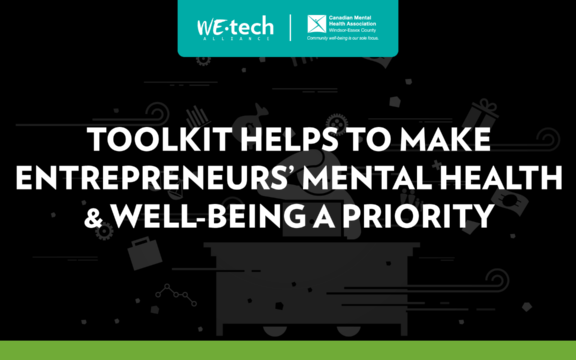 When I first started working in digital marketing and web design back in 2008, things were a lot different. Drake was still a former basketball star on Degrassi, people were still wondering what the movie Cloverfield was all about and the Detroit Lions went 0-16! When it came to SEO back then, all you really had to do was add a few keywords to your “title” and “META keywords” tags and incorporate those words into the content of your website and BAM – SEO success!
When I first started working in digital marketing and web design back in 2008, things were a lot different. Drake was still a former basketball star on Degrassi, people were still wondering what the movie Cloverfield was all about and the Detroit Lions went 0-16! When it came to SEO back then, all you really had to do was add a few keywords to your “title” and “META keywords” tags and incorporate those words into the content of your website and BAM – SEO success!
Fast forward to 2017 and things have changed quite a bit. Not only is Drake an international hip-hop superstar, but nowadays it take a lot more research, evaluation and patience to achieve SEO success.
The first step in attaining that success is keyword research. Finding those perfect 5-10 terms and phrases that will help your website appear higher in the search engine rankings on popular search sites like Google and Bing.
That’s where we’re going to start today. Here is my 4 step process to finding the perfect keywords for your website.
1) Make a list of the keywords your target audience would type-in when searching for your products and/or services.
This step may be one of the easiest steps and yet it’s the one that’s so often missed. Sitting down and making a list of all the keywords you think your target audience would type-in is a great way to make a blanket list of ALL the potential keywords you may end up using.
The key here is to not get trapped in listing what YOU would type-in but what your target audience would type-in. If you’re having trouble making this list, be sure to ask friends, family, co-workers and anyone who will listen what they would type-in so you can grow your list.
When finished, your list should have between 50-150 keywords and key phrases.
2) Research competitors
Do a quick search of your direct and in-direct competitors to determine which SEO keywords they’re using to attract clients and customers to their website. The best way to do this is to type-in your competitors name in Google or Bing and see what they’re using in their “title” and “META description” tags.
Some of the keywords used in the image below include: Calgary SEO, Lead Generation, Digital Marketing, SEO Experts, Digital Marketing Agency, Advertising Campaigns, Search Engine Optimization and Creative Agency.
Take the keywords that you didn’t have in your list from Step 1 and add them accordingly.
3) Keyword search volume research
Perfect! Now you have your list of 50-150 keywords but there’s just one problem. You can’t optimize your site for all 50-150 keywords because that’s just way to many. The next step is to plug those keywords into a keyword research tool and get an approximate number of how many searches those keywords get each day.
My favourite tool to use is SEO Book’s Keyword Tool. It’s free to use once you’ve signed up for a free SEO book membership and is incredibly easy to use. Simply plug your keyword into the search bar and hit “Submit”. The tool will then provide you with a full list of keywords associated with what you typed in along with their estimated monthly and daily searches.
Plug each of your keywords into the tool and take note of their estimate monthly and daily searches. This will help you determine your refined list of keywords in the final step. Please note, there are other keyword research tools such as: WordStream and Google AdWords Keyword Planner available if you don’t like SEO Book.
4) Refine original list and implement
Now comes the difficult and most important part – picking the 5-10 keywords you’re going to implement on the website. The way I typically do this is to take stock of all the information I gathered in steps 1-3 and use my SEO experience to pick the 5-10 I think I can attain based on a several factors. These factors typically include: age of domain, number of pages on website, competition (how much competition are there for those keywords) etc.
If you’re not too sure how to determine the factors above – that’s ok! Choose the 5-10 keywords you think fit best for your business based on the research you just conducted and implement them in your website. The great thing about SEO is that it’s never set in stone. Try different keywords every few months to see what works best and what doesn’t.
Lastly, keep in mind that things change. Even if something works for the first 3-6 months, it may not work the 3-6 months after that. Always keep an eye on your website traffic and determine how you can improve on past performance.
Good luck!
Sebastian Agosta is the Owner of SebastianAgosta.com – a digital marketing company. He has 10 years experience as a digital marketer, web designer and WordPress developer in Windsor, Ontario. He partners with small to medium sized businesses to grow their online presence through unique and inventive digital marketing strategies. For more information, please get in touch.














































































































































































































































































































